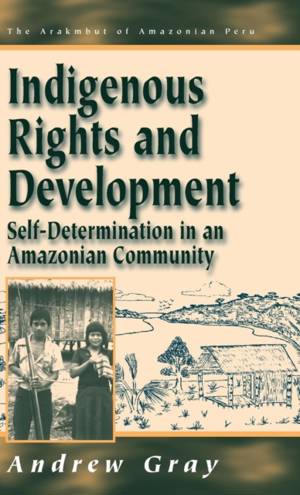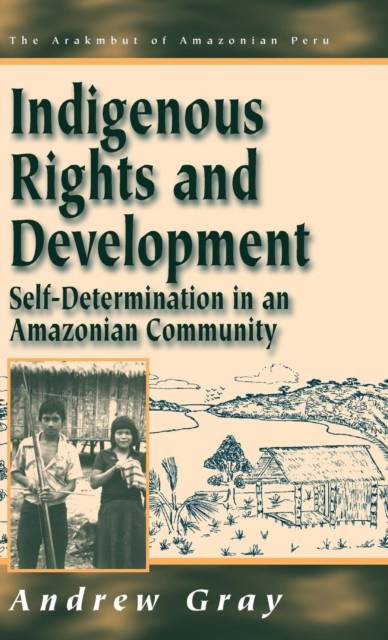
- Retrait gratuit dans votre magasin Club
- 7.000.000 titres dans notre catalogue
- Payer en toute sécurité
- Toujours un magasin près de chez vous
- Retrait gratuit dans votre magasin Club
- 7.000.0000 titres dans notre catalogue
- Payer en toute sécurité
- Toujours un magasin près de chez vous
Description
The Arakmbut are an indigenous people who live in the Madre de Dios region of the southeastern Peruvian rain forest. Since their first encounters with missionaries in the 1950s, they have shown resilience and a determination to affirm their identity in the face of many difficulties. During the last fifteen years, Arakmbut survival has been under threat from a goldrush that has attracted hundreds of colonists onto their territories. This trilogy of books traces the ways in which the Arakmbut overcome the dangers that surround them: their mythology and cultural strength; their social flexibility; and their capacity to incorporate non-indigenous concepts and activities into their defence strategies. Each area is punctuated by the constant presence of the invisible spirit, which provides a seamless theme connecting the books to eachother.
Over a period of about two decades the indigenous movement has grown into an international force, making a marked impact on the United Nations and the International Labor Organization. In this volume, the author looks at the growing consciousness among the Arakmbut who are increasingly demanding that their rights to their territories and resources should be respected in tandem with the growing development of indigenous rights internationally. However, the author points to a significant difference of perception: whereas non-indigenous human-rights legislation receives its legitimacy by judicial means, the Arakmbut find their legal system legitimized through the spirit world. The invisibility of this world makes it appear non-existent to non-indigenous observers. However, to overlook its importance prevents outsiders from understanding and appreciating its significance in the Arakmbut struggle for survival.
Buy all three volumes for 20% discount
Spécifications
Parties prenantes
- Auteur(s) :
- Editeur:
Contenu
- Nombre de pages :
- 352
- Langue:
- Anglais
- Collection :
- Tome:
- n° 3
Caractéristiques
- EAN:
- 9781571818751
- Date de parution :
- 01-09-97
- Format:
- Livre relié
- Format numérique:
- Genaaid
- Dimensions :
- 140 mm x 216 mm
- Poids :
- 585 g

Les avis
Nous publions uniquement les avis qui respectent les conditions requises. Consultez nos conditions pour les avis.






